16 Common Sweeteners´ Characteristics & Sweetness Comparison
1) Acesulfame
It has a good taste and stability, and it has a significant synergistic effect when matched with sodium cyclamate 1:5. Seasoning should not be used.
2) Cyclamate (sodium cyclamate)
Stable to light and heat, acid and alkali resistance, non-deliquescent, pure sweet taste, bitter taste when added over 0.4%, often mixed with saccharin 9:1 to improve the taste.
3) Xylose (D-xylose)
It cannot be digested in the human body. Compared with xylitol, it has no refreshing taste. It participates in Maillard reaction and is suitable for seasonings.
4) Stevia (Stevioside)
High temperature resistance, no fermentation, no coking under heating, decomposition under alkaline conditions, hygroscopicity, cool and sweet taste. When the concentration is high, it has a slight bitterness similar to menthol, but it can be reduced or disappeared when used in conjunction with sucrose (7:3). Use with sodium citrate to improve taste.
5) Glycyrrhizin (Tripotassium Glycyrrhizinate)
The sweetness releases slowly, the aftertaste is slightly bitter, the stability is high, it is not fermented, and it has a flavor-enhancing effect, but those who are not used to it will feel unhappy. It is mostly used in seasonings, preserved fruits and health foods. It can also be used to increase foam in beer and noodle products. In the production of seasonings, the ratio of glycyrrhizin: saccharin = 3~4:1 is often used, and an appropriate amount of sucrose can make the sweetness effect good, and relieve the salty taste of Gua, and increase the fragrance: used in candy, mostly with saccharose, The combination of saccharin and citric acid has a unique flavor and a better sweet taste; in salty pickled products, fermentation, discoloration and hardening can be avoided.
6) Glucose
It is an important source of energy for the body. Its calories are similar to that of sucrose. It can be used in conjunction with sucrose in low-sweetness foods. It is also a bulk sweetener.
7) saccharin (sodium saccharin)
The sweetness is strong, heat and alkali resistance is weak. The sweetness gradually disappears when heated under acidic conditions. If the solution is greater than 0.026%, the taste will be bitter. Baby foods and seasonings should not be used.
8) Aspartame
After being ingested by the human body, it is converted into aspartic acid and phenylalanine. The taste is close to sucrose, and it has no unpleasant aftertaste and is not heat resistant. Contraindicated in patients with phenylketonuria.
9)lactose
It has a strong ability to preserve volatile fragrance and taste, and has a good protective effect on product pigments. Heating can cause coking, and it can be used for baking food to make the appearance of golden brown. It is hygroscopic and can keep the moisture in the noodles and sweets and make them soft. Can help stabilize foaming.
10) Sucralose
Produced with sucrose as raw material, the taste is closest to that of sucrose, heat-resistant, and stable under acidic to neutral environments.
11) Fructose syrup
The sweetness is pure, the colder the sweeter, the sweetness disappears faster than others. It is used in beverages with a refreshing sensation and does not cover the original flavor of the juice; used in the production of preserved fruit jam, which is beneficial to antibacterial, moisture absorption and water retention; it can make bread and cakes soft; used in the production of ice cream can prevent ice crystals.
Sugar alcohols commonality
- It does not cause the blood glucose level to rise, and it is an ideal sweetener for obese and diabetic patients.
- Long-term consumption without tooth decay.
- Some sugar alcohols have a smooth and laxative effect, the degree of difference is as follows:
Erythritol-Maltitol + Xylitol++ Sorbitol +++ Mannitol +++
1) It has the ability to absorb heat by dissolving water, and it has a refreshing feeling in the entrance.
2) Compared with other sweeteners: low sweetness, low calorific value, good moisture absorption, heat and acid resistance, no Maillard reaction, suitable for baking.
Sugar alcohol winter self characteristics
1) Xylitol
It is compounded with powerful sweeteners to produce a coordinated synergistic effect and can mask its undesirable aftertaste: chelate with metal ions, can be used as a synergist for antioxidants, and help stabilize vitamins and pigments.
2) Sorbitol
It has a moisturizing and fresh-keeping effect in baked foods. It can be used as a stabilizer for starch and as a flavoring agent, antioxidant and preservative for fruits. It can prevent the precipitation of food sugar and salt, and can maintain the balance of sweet, sour, and bitter taste. Increase food flavor.
3) Mannitol
Sweet and refreshing, non-hygroscopic, can be used for gum gum anti-sticking
4) Brown sugar
Low hygroscopicity and low melting point. Used for covering food (cakes, etc.), it can prevent moisture and moisturize and extend the shelf life.
5) Maltitol
It has the function of preserving fragrance, increasing the aromatic odor of candies and beverages, and can strengthen the transparency of candies; it has a higher viscosity and can also be used as a thickening agent.
6) Palatinitol (Isomalt)
Non-hygroscopic, coordinated and synergistic with other powerful sweeteners, and masks its bad aftertaste
| Name | Sweetness multiple (sucrose is 1) |
| Lactose | 0.3 |
| Xylose | 0.4 |
| Xylooligosaccharides | 0.5 |
| Xylitol | 0.6 |
| Sorbitol | 0.6 |
| Erythritol | 0.7 |
| Glucose | 0.7 |
| Maltitol | 1 |
| Fructose Syrup | 1 |
| Cyclamate | 50 |
| Stevia | 200 |
| Glycyrrhizin | 200 |
| Aspartame | 200 |
| Acesulfame | 200 |
| Saccharin | 500 |
| Sucralose | 600 |
The above are the characteristics of the 16 common sweeteners on the market and their sweetness comparison. You can choose the sweetener that suits you according to your needs.
Any comments, please leave a message below.
If this article is useful to you, please forward it to let more friends know about it!
Welcome to visit our website to get more useful content for you!

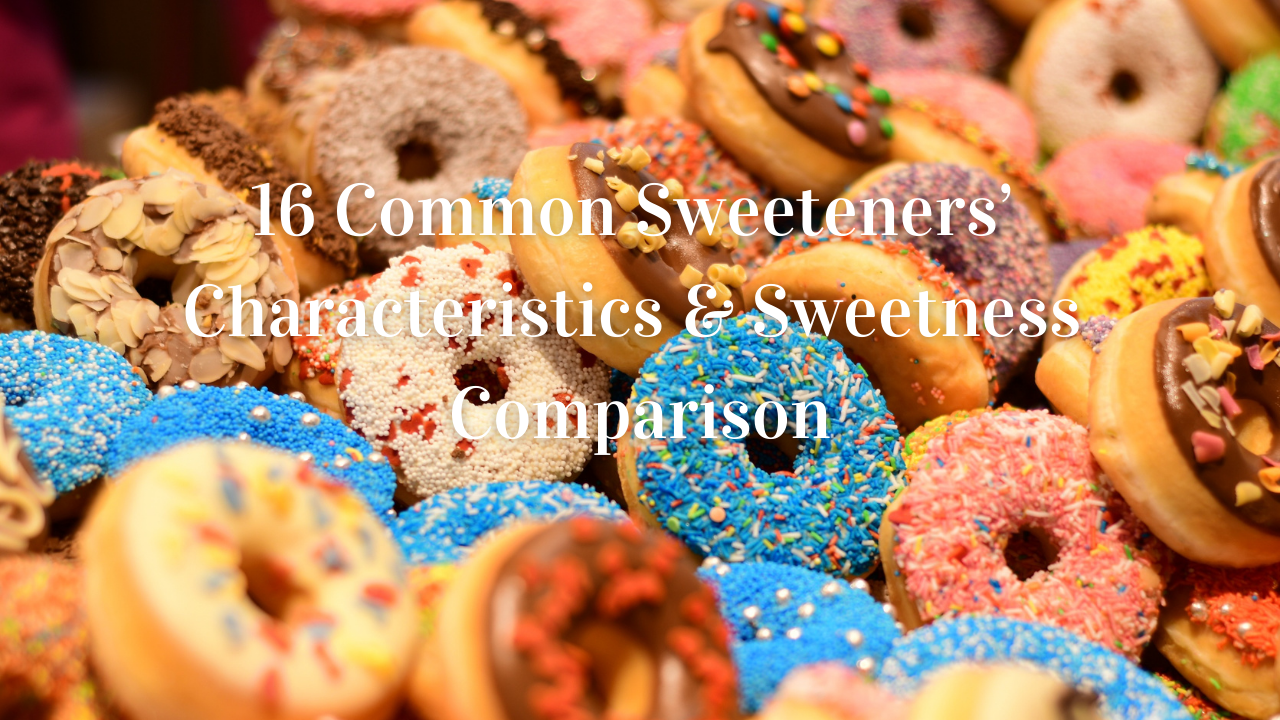
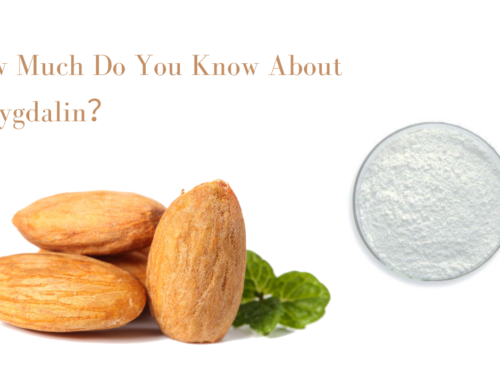
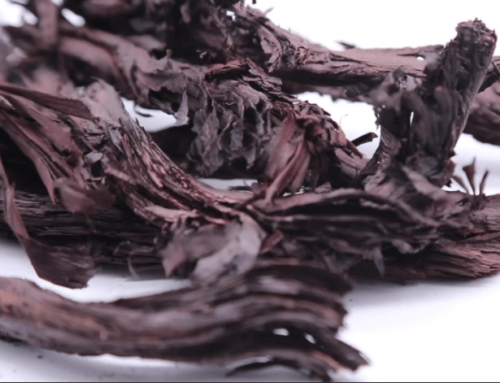
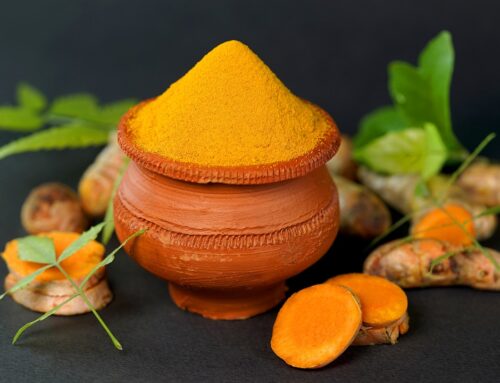
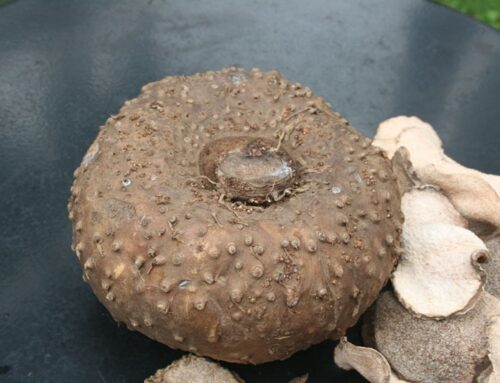
Leave A Comment